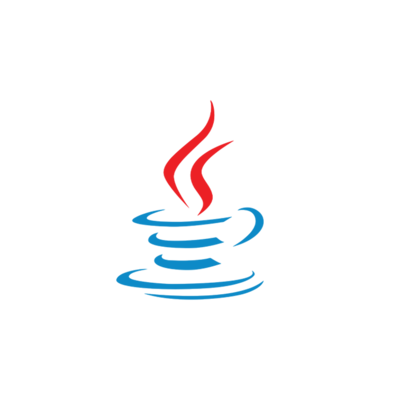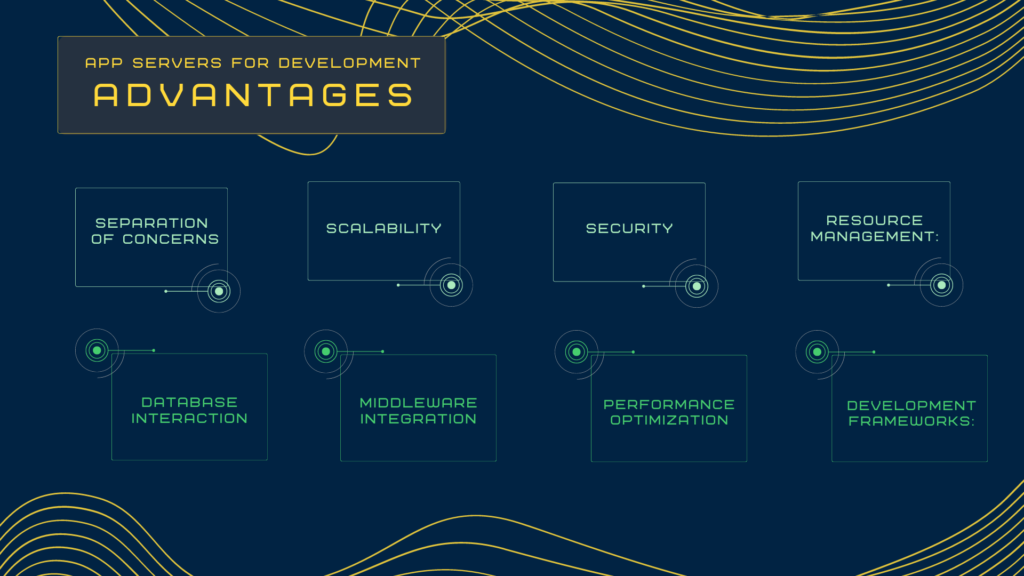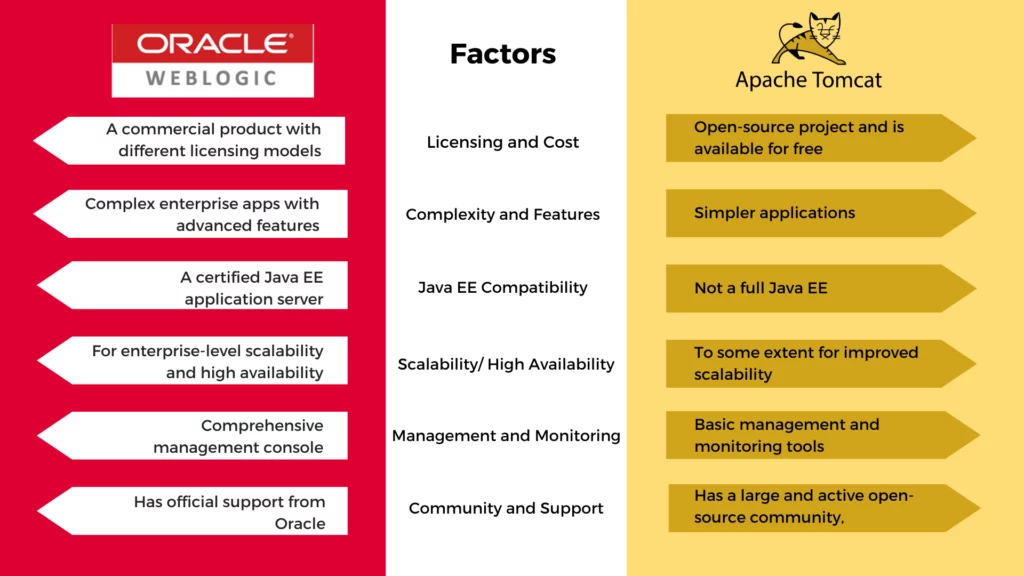Enterprise Solutions Development — WebLogic, GlassFish, Tomcat


Implementing complex enterprise-scale applications is not an easy task. The laborious work of the company is the key to the success of the product. PNN Soft provides active development of its solutions by introducing new and advanced tools into its work process.
Application servers have a special role in enterprise computing. We create efficient enterprise-scale software based on various application servers, as well as external enterprise applications and system integration. We are going to explain how the WebLogic server works and the difference between it and Tomcat, GlassFish.
The application server is instrumental in ensuring the smooth functioning of the application. This statement holds true irrespective of any changes in client request traffic, hardware and software failures, the dispersion of large-scale applications, and the possibility of data formats and processing resources differing. Its internal process is responsible for the multilevel structure of the software product on the platform.
Thanks to the application service, you get a scalable, high-performance infrastructure a model for development and deployment. Various software components can be used to facilitate the process of developing user software. Depending on the customer’s requirements, PNN Soft implements complex enterprise-scale applications based on different web server logic types.

Oracle GlassFish Server is an open-source server application that fully supports Java EE 6. GlassFish includes Apache Tomcat as a servlet container and allows you to develop lightweight applications, while WebLogic allows you to develop applications with numerous transactions and work with Oracle DB. But we will discuss this in more detail below.
GlassFish is a Java application server that allows many developers to create enterprise technologies that are convenient and scalable to use, as well as additional services that can be installed based on preferences. The server provides reliability and performance at the corporate level with full clustering. It has a wide range of functionality and allows you to manage a central repository through the admin panel, which supports all the functions available in GlassFish.
WebSphere is both a technology and a software brand. It is based on IBM in the form of a set of business applications. Using the application server, developers can connect website users to Java applications. The WebSphere Portal is a business solution that already contains some business applications running on the Java Enterprise platform (J2EE). When implementing some projects, our specialists use IBM WebSphere Application Server, which is a J2EE-compatible application server. As a rule, it is available for a wide range of platforms, including AIX, Solaris, Windows, Linux.

To continue, let’s answer the question of what is WebLogic. WebLogic Server is an industry-leading application server. This tool is designed for the development, distribution, and deployment of enterprise applications. It offers a robust, mature and scalable Java implementation. They act as a platform for the development, distribution, and integration of business applications. WebLogic simplifies common functions:
It allows developers to focus solely on business logic. Also, it uses new technologies, namely caching and connection. Oracle WebLogic Server provides users with the ability to migrate and efficiently create modern container applications with complex Java services.
This is the platform on which you deploy your Java application, and everything else is handled directly by the server. For example, when clients send a request to a web application, the web server processes the request and delegates its processing to the required service. If the request requires reading data, WebLogic will fulfil its purpose.
In fact, the server is used in production environments where there are many clients who make thousands of requests every time. The server can serve them all without problems. To achieve stability and best results, the server uses load balancing and scalability.
GlassFish includes Apache Tomcat as a servlet container and allows you to develop lightweight applications, while WebLogic allows you to develop applications with numerous transactions and work with Oracle DB. Tomcat is considered a web server (not an application server). Because it functions as a web server and has a servlet container. It doesn’t provide the full set of Java EE features, but that’s not necessarily a disadvantage.
With Apache Tomcat, you can purchase the necessary resources and deployment methods for Java web applications. Lightweight and fast, it is much better than its counterparts. Moreover, servlet specifications assume processing only a certain part of the data transaction process. Servlets never listen for requests from specific ports. They also do not communicate directly with the client and do not take responsibility for managing the availability of resources. In addition, it allows you to reuse services in different environments. Also allows components to evolve asynchronously from each other.

Efficiency, reliability, and safety are the key components of our company’s work. PNN Soft provides state-of-the-art solutions for developing business solutions for small and medium-sized businesses. Also creates high-quality software products at a high level, introducing advanced tools of its kind. For more detailed information, please contact us.